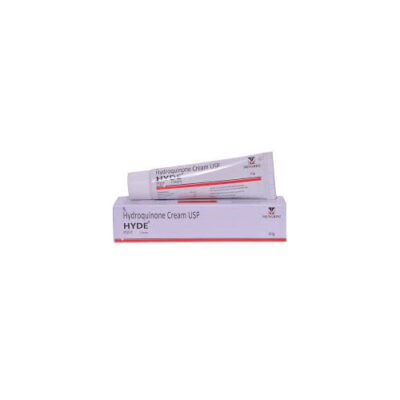Description
Lantus 100IU/ml Solution for Injection can be prescribed alone or in combination with fast-acting insulin or other diabetes medicines. Your doctor or nurse will teach you how to inject it under the skin correctly. You should use this medicine regularly per the dose advised to get the maximum benefit. If you stop taking it, your blood sugar levels may rise very high, which may put you at risk of serious complications. It is only a part of the treatment program that should include a healthy diet, regular exercise, and weight reduction, as your doctor advises.
This medicine’s most common side effect is low blood sugar levels (hypoglycemia). To prevent this, it is important to inject only the correct dose of medicine, have regular meals, and monitor your blood sugar levels regularly. Drinking excessive alcohol can also lead to a fall in your blood sugar levels. Other common side effects include peripheral edema, lipodystrophy, allergic reactions, injection site reactions, itching, rashes, and weight gain.
Do not use this medicine when you have low blood sugar levels. Before starting the treatment, inform your doctor if you have ever had kidney, liver, or heart problems. Pregnant or breastfeeding women should consult their doctor before using it.
Uses of Lantus Solution for Injection
Benefits of Lantus Solution for Injection
In Treatment of Diabetes
Side effects of Lantus Solution for Injection
Common side effects of Lantus
- Edema (swelling)
- Allergic reaction
- Injection site reactions (pain, swelling, redness)
- Lipodystrophy (skin thickening or pits at the injection site)
- Itching
- Rash






Reviews
There are no reviews yet.